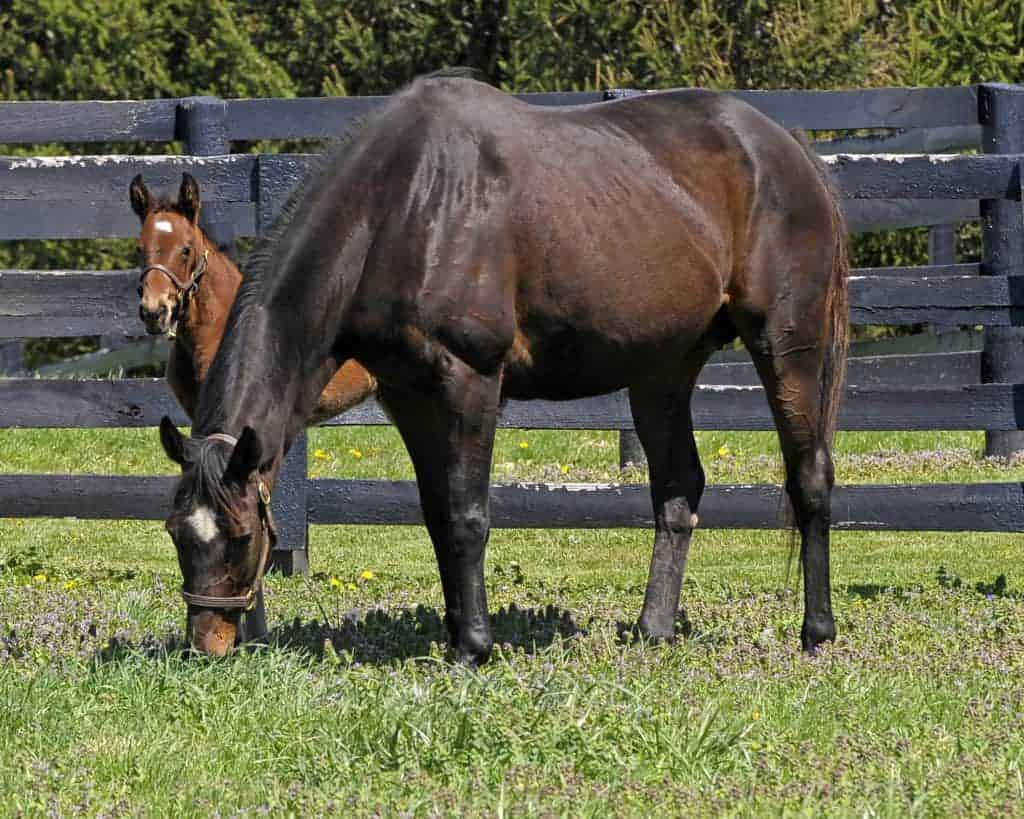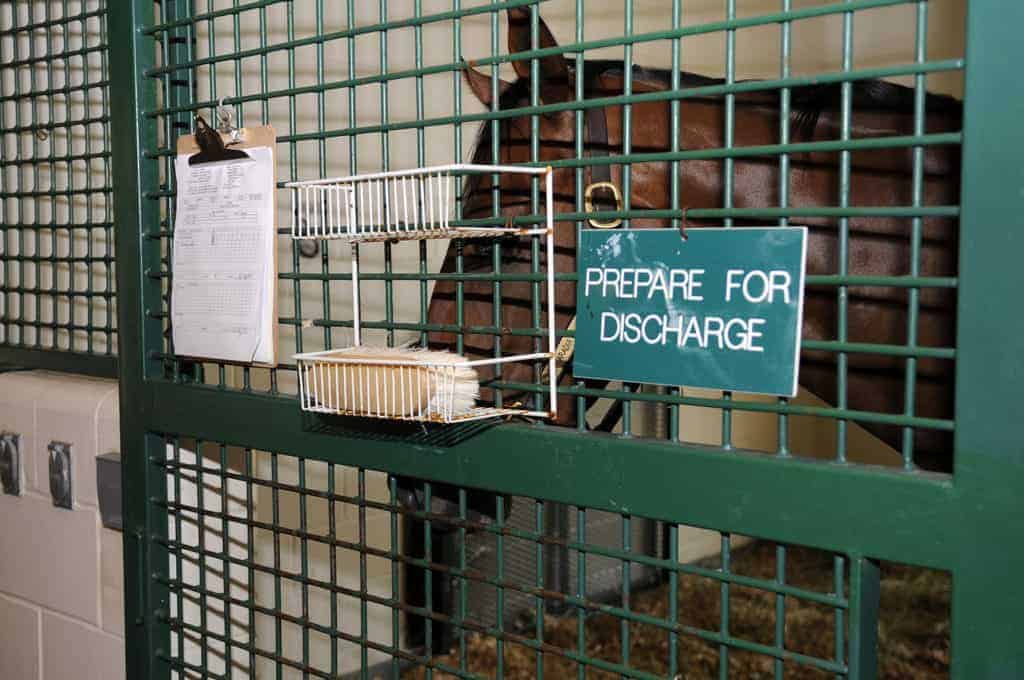
Two Supplements’ Effects on Nonglandular Ulcers (AAEP 2012)
Some nutritionists have speculated that certain dietary supplements might assist with equine ulcer management.

Some nutritionists have speculated that certain dietary supplements might assist with equine ulcer management.

Planning for potential dental extraction complications is essential to a successful procedure.

Veterinarians must take several steps to minimize the horse’s chances of developing a joint infection.

Horse owners and veterinarians can identify a club foot based on classic signs and grades of severity.

One vet says an active veterinarian-client-patient relationship is needed to provide the best care for horses.

Owners of laminitic horses can speak with their veterinarian about registering to be included in the study.

Many difficult decisions racetrack practitioners encounter are out of their control, one veterinarian says.

Researchers found variations in degree of fetlock flexion, hoof slide in horses working on different surfaces.

One vet found success in treating the condition using tiludronate, ESWT, and a modified exercise program.

Attendees discussed anovulatory follicles, ovulation induction agents, oviductal dysfunction, and more.

Attendees discussed a variety of topics surrounding current a future equine vaccinations.

Regardless of the vast collection of new discoveries and technologies available, a veterinarian’s time-tested knowledge and experience are still what determine arrival at the best diagnosis and treatment outcome.

The future of equitation science technology is enormous, provided we know how to use and benefit from it.

While PHF has a serious clinical impact on affected horses, some parameters are associated with survival.

Stem cells therapy might offer practitioners an additional treatment option for the fight against laminitis.

Safety in the workplace is as important in veterinary medicine as anywhere else.
Stay on top of the most recent Horse Health news with
"*" indicates required fields